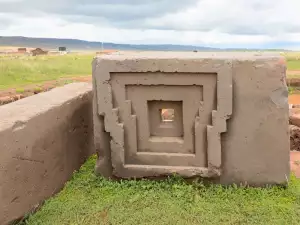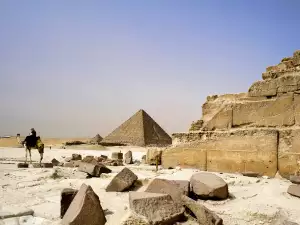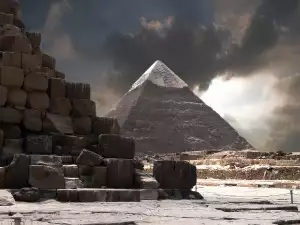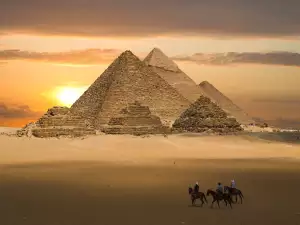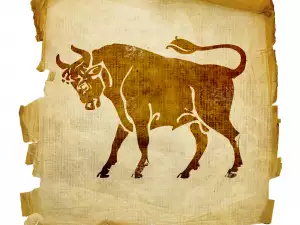Ancient hieroglyphs are an exclusive part of the history of Ancient Egypt.
Ancient Egyptian language, conforming to the Semitic languages, is now a dead language. Today, Egyptians speak Arabic. Ancient Egyptian language was spoken more than 3000 years ago and was written a number of forms.
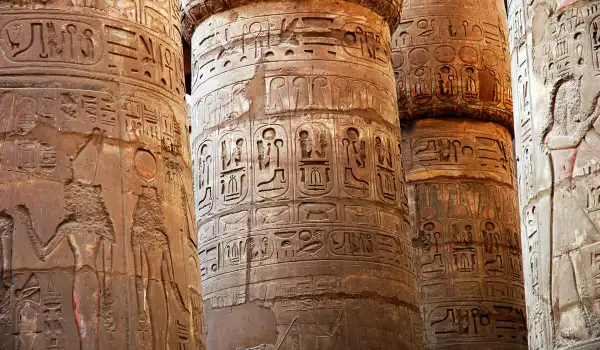
The system of writing in ancient Egypt, is known as hieroglyphs. The term character is first mentioned by the Greeks in the year 500 BC. It comes from "hieros", which means dedicated and "glypho" meaning carved. The Greeks used this word as it was used similarly displayed in the sacred books.
Ancient Egyptian hieroglyphs consisted of drawings and paintings covering the walls of temples and monuments, and were depicted on papyrus. Created by painters, sculptors and craftsmen who did their models and plastered them in relief. Pictures of hieroglyphic alphabets were created to symbolize the ancient capitals.
To put it another way, drawings and the composing of the hieroglyphic characters is the imagined sound of the letter. The were used more often and also with smaller paintings, aiming to present events, ideas and words.
The only people who were allowed to read or write, were called, Pizarro, which were considered to be professionals and were very respectable people. Ancient Egyptians believed that the ability of the scribes was given to them by God to which they worshiped as the god of hieroglyphs.
Although ancient Egyptian writing is complex, it is quite clear. The set of characters is split into three main groups: logogrami characters, representing morphemes; phonograms, representing one or more sound and the sound not representing or morpheme, serves as an aid to understanding the preceding characters. Like other scripts from this period, ancient Egyptian literature has consisted only of consonants. It is unclear what exactly had vowels between the consonants of each hieroglyphic sign.
Archeologists have drawn up a protocol on reading and artificial way words are interpreted. This system has been adopted by all and many people today that think that ancient Egyptians actually had vowels. For example, the King of the 19th dynasty, known today as Ramesses Rasmus or actually should be pronounced Riamesesa. Evidenced by the diplomatic documents exchanged between Egypt and Mesopotamia.
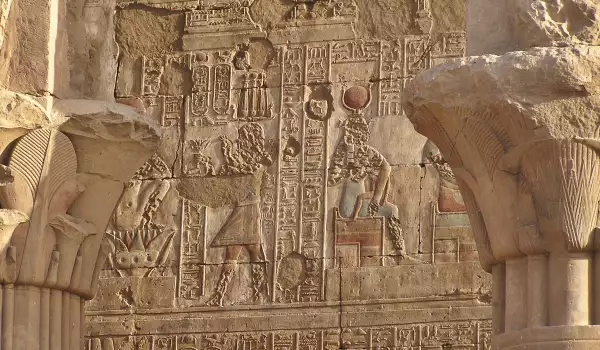
The Ancient Egyptian system of writing consisted of about 700 characters. Hieroglyphs are mainly used both for religious and for ceremonial purposes. They continued to be used in Egypt until around 400 AD, then they were replaced by Koptik.
Another form of the written language has 24 letters borrowed from the Greek system, but more were added and 6 others representing specific Egyptian sounds. Going on to today the Egyptians speak, read and write in Arabic.
Scientists and researchers have tried to interpret the ancient Egyptian hieroglyphs, but progress is felt only after finding the Rosetta stone in the year of 1799. There appear to be three languages, the main part is cut off text and Egyptian hieroglyphs is central to popular script, and the bottom is a form Greek.
Egyptian script and Greek, were well known to Egyptologists from the 19th century, who worked the decryption of the stone. Since the text of the vernacular and that of Greek matches, it became clear the importance of Egyptian hieroglyphs.
It is believed that Jean-Francois Champollion was the one who first defeated the Code of Egyptian hieroglyphs. He was able to correctly display them during his visit to Egypt in the year of 1828 where he saw his paintings in the temple. Although he died in 1832, his paintings, translations and notes remain preserved.

